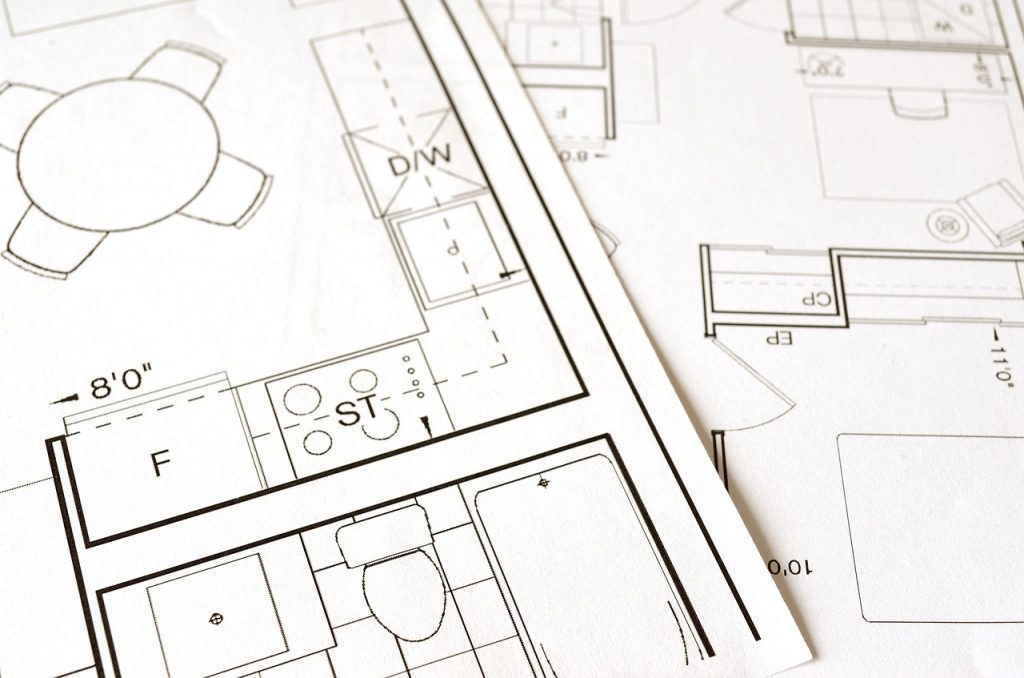The basic steps of the Appraisal Process
- The appraisal process is the process of collecting, analyzing and reconciling data that relates to the property being appraised and in this case we are talking about real estate appraisal. This data is formatted in a logical order to lead the reader of the report to the same conclusion as the appraiser. There are 3 different types of appraisals. The differences in the three types of reports is the level of detail presented to the reader/client. The “Self-Contained Appraisal” is the most detailed of the three types of reports. This report type is generally prepared in a narrative format and for commercial properties. The “Restricted Appraisal” is the least descriptive of the three report types, and is restricted in its use to the client, and considers anyone else using the report as an unintended user. This report is primarily intended for the 2nd mortgage market under certain lender guidelines. The Summary Appraisal is the most popular type of report used for residential lending. This report is also used for a wide array of valuation assignments. Both the summary appraisal and Restricted Appraisals are generally prepared on a standardized forms with the narrative in book
- During the interior and exterior inspection of the building and property the appraiser looks for assets and detriments that the real estate offers by viewing the property with an objective/nonbias eye. Important features of the property observed by the appraiser is gross living area, condition, quality of construction, location, layout, number of bedrooms and bathrooms and lot size to name a few. The appraiser also notes amenities such as central a/c, fireplaces, decks, recent renovations, pool, fencing etc. It is important for homeowners to point out amenities and recent improvements that may not be obvious to the appraiser.
- The appraiser also makes an assessment of the neighborhood and surrounding area, noting the location of amenities which may be important to the average home owner and/or buyer.
- The appraiser will verify all tax data, zoning classification to confirm sales in the area. This can be done through various different sources such as: public records, Multiple Listing Service (MLS), publications, physical inspections and experts (builders, attorneys, lenders realtors and others). When all the data has been gathered it is used to make a Highest & Best Use Analysis of the subject property.
- The data collection, focuses on the three approaches to value. These approaches to value are the Cost Approach, the Income Approach, and theMarket Data Approach. Not all three approaches to value are relevant in each appraisal assignment and depending upon the assignment, the appraiser may choose not to use one or more of these approaches as they deem fit.
- In the final stages of the appraisal process, the appraiser analyzes and adjusts the all the data collected from the various sources. The appraiser reconciles the three approaches to value, giving greatest weight to the approach considered most appropriate for the property being appraised. If more than one approach to value is used in the appraisal report, each approach generally indicates a value that is reasonably close to the other approaches. After the report is finished a review process following in house quality assurance form is used to double and triple check the information. Occasionally, we will have a independent 3rd party reviewer assist in the QA process for higher quality control. Once the review is complete any final changes are made and the appraisal report is published and bound.
- All clients receive one original copy and one PDF copy of their report.
Items the appraiser may ask from you
Residential clients buying or selling a property:
- Sales Agreement (if applicable)
- Subdivision plans (if applicable)
Most of the items asked for below will relate to rental/investment/tenant properties on the commercial or multifamily scale.
- Site Plans (if available)
- Building Plans (if available)
- Unit layout drawings (if available)
- Capital Improvements made in past 5 years
- Income / Expense History of past 5 years
- Current years budget
- Occupancy history
- Current rent roll
- Copy of leases
- FF&E (Furniture, Fixtures and Equipment) Depreciation schedule for current year
- Bids for any deferred maintenance work to be completed
Kristin Sawinski Appraisals has experience in a wide range of property types. These property types include but are not limited to:
- Airplane hangar
- Apartment building
- Automobile Dealership
- Car Wash
- Condominiums
- Conservation Easement
- Convenience Store / Gasoline Station
- Equine Veterinarian Facility
- Farm
- Funeral Home
- Garage / Service Garage
- Golf Course (Public, Private, Country Club, etc)
- Industrial (Manufacturing, Warehouse, R & D, Contractors’ yard, Intermodal Yard, etc)
- Laundromat
- Lodging (Hotel, Motel, Bed & Breakfast, Lodge, etc)
- Mini-Storage Warehouse
- Mobile Home Park
- Nursing Home / Assisted Living
- Office / Medical Office
- Retail (Single tenant, Multi-tenant, Strip center, Shopping center, Big box, etc)
- Restaurant / Bar / Social Club / Ice Cream Store
- Mixed Use
- Single Family Conversion
- Special Purpose (Church, School, Bowling Alley, Racquet Club, Recreation Center, Post Office, Theatre, Police Barracks, Recording Studio, University Buildings, etc)
- Student housing
- Subdivisions (Commercial, Industrial, Residential)
- Subsidized housing
- Townhomes
- Vacant Land (Commercial, Industrial, Residential, Recreational, Nominal Value, Pad Ready, etc)

